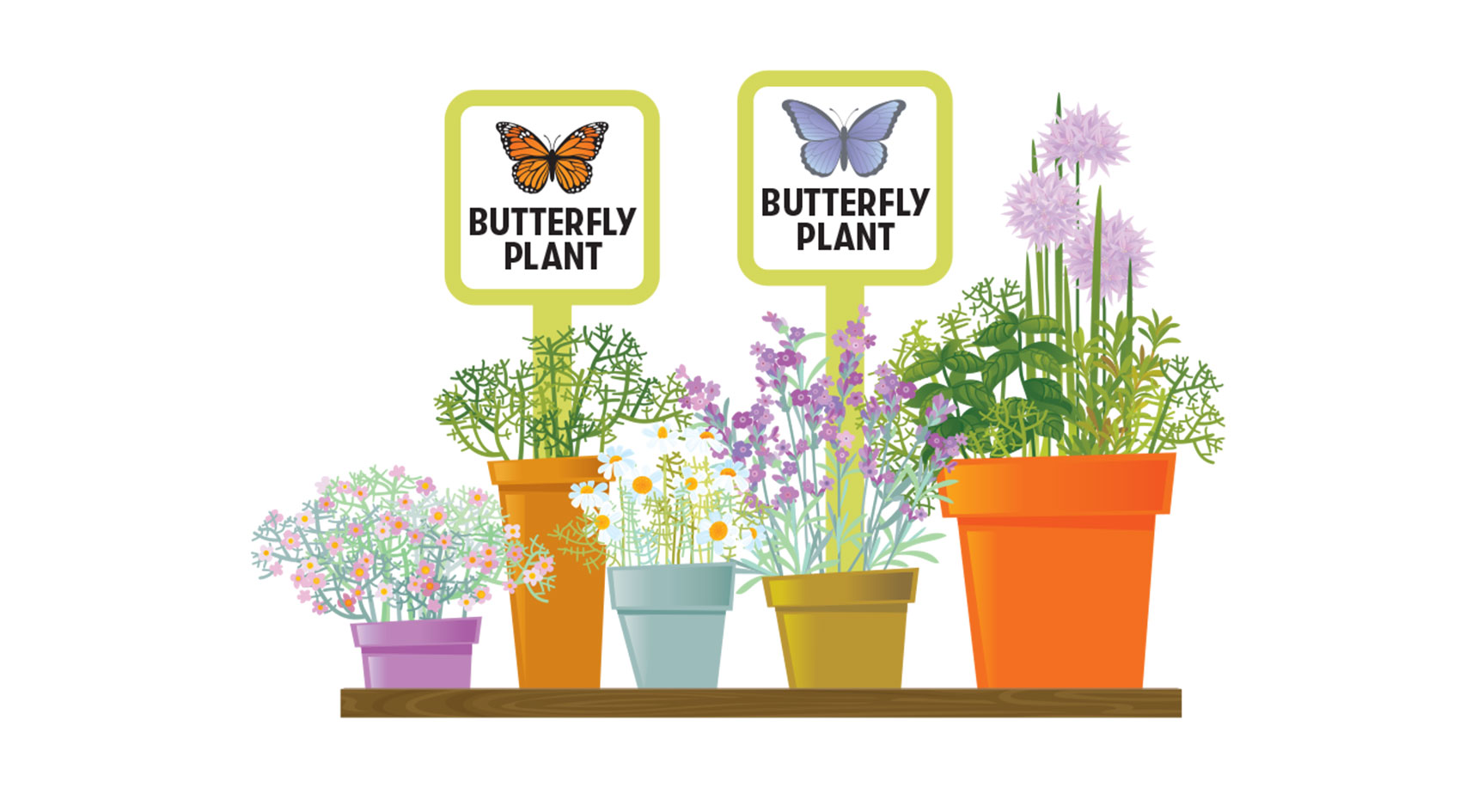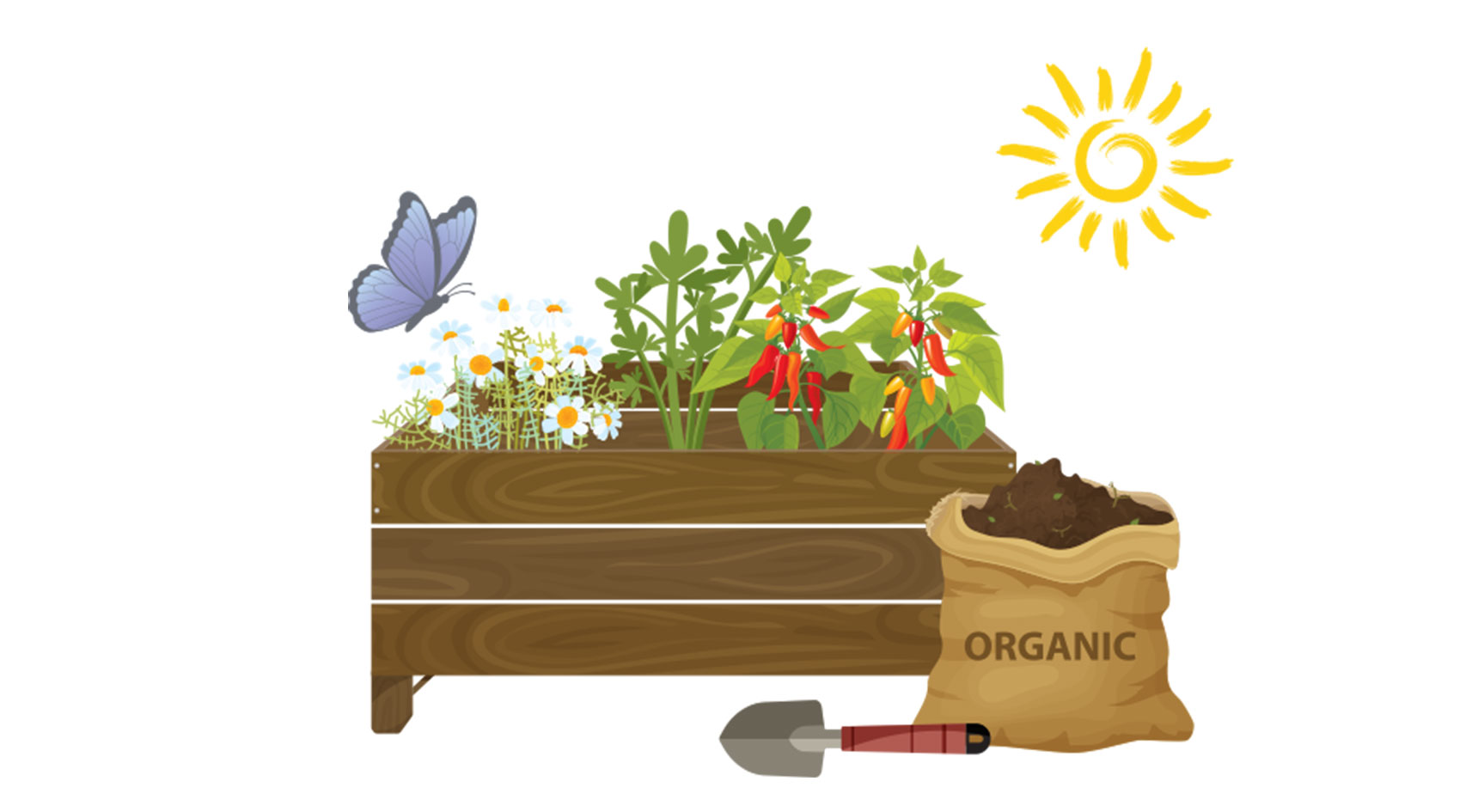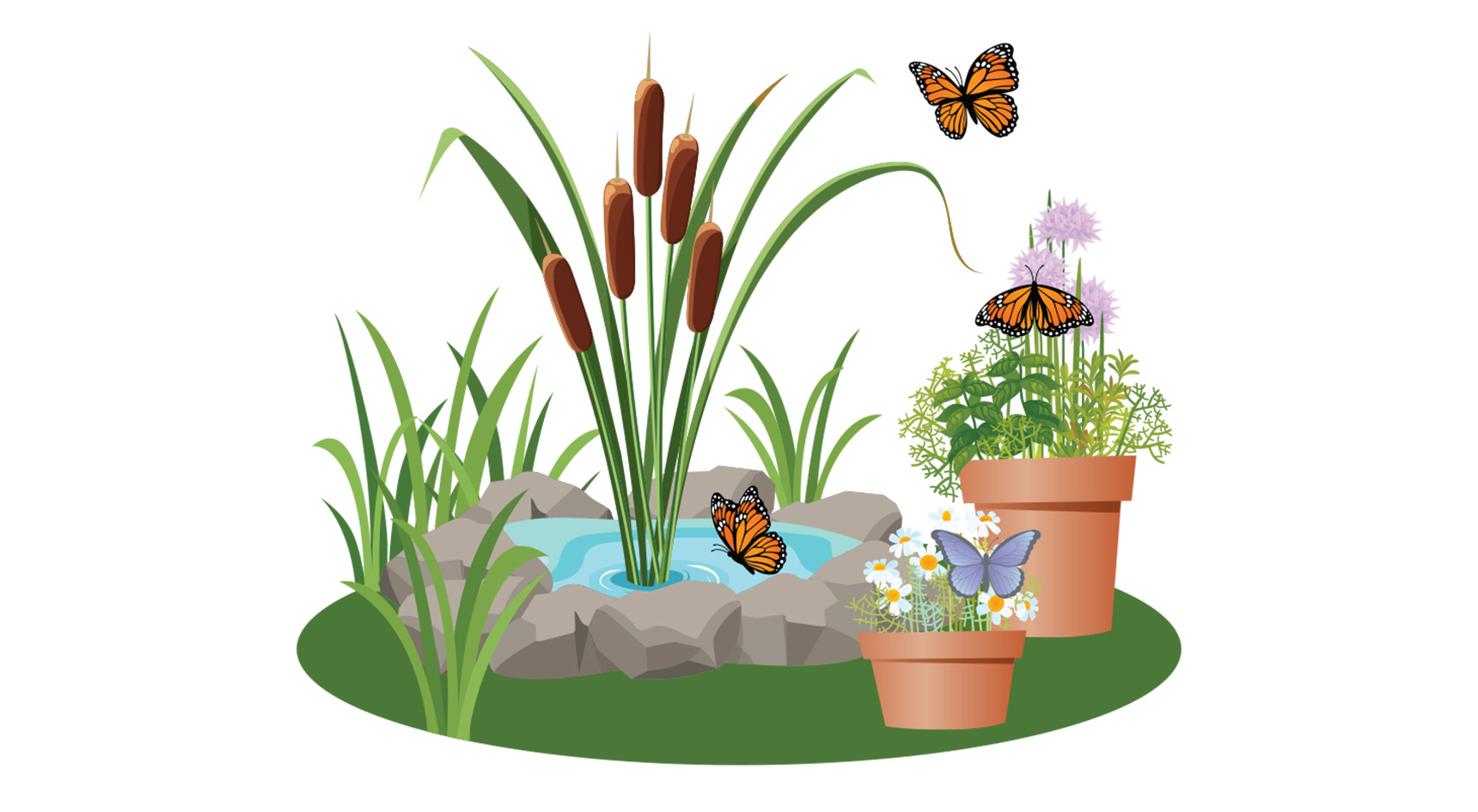How to plant a butterfly garden

Spring has sprung, flower buds have started to bloom, and caterpillars are triumphantly emerging as butterflies. RAA Grassroots Giving recipient, Bring Back the Butterflies, shares some tips to help you attract butterflies to your garden.
Also known as a butterfly sanctuary, butterfly gardens are more than just a way to add colour to your yard. These havens attracted butterflies and moths (known as lepidopterans) and give them a place to feed. Aside from seeing these pretty insects fluttering around your garden, they also act as pollinators and can help plants thrive and maintain a healthy, working garden.
1. Find a sunny spot
When preparing for a butterfly garden, location is important. Start by scoping out your yard to find a spot that gets enough sun for the flowers to grow.
Did you know butterflies can’t fly if their body temperature falls below 28 degrees Celsius? Sun gives these cold-blooded beauties energy to flutter. A bigger garden will more likely attract butterflies, so space is key when planning.

2. Pick your plants
Nectar plants (flowers) will provide an enticing source of sweet nutrients for adult butterflies, and host plants (edible plants) are ideal for laying eggs as a food source for larvae and caterpillars.
Different plants will attract different species, but if you’re not fussed about the colour of their wings, most garden centres label plants that are butterfly friendly. Take your pick.
Here is a list of companion plants to consider:
- Chrysocephalum apiculatum.
Common name: Common everlasting (also known as yellow buttons) - Myopporum parvifolium
Common name: Creeping boobialla - Dianella longifolia var. grandis
Common name: Flax lily - Ficinia nodosa
Common name: Knobby club rush - Xerochrysum bracteatum
Common name: Paper daisies or Everlasting daisy - Brachyscome ciliaris
Common name: Native daisy - Allocasuarina muelleriana ssp. muelleriana
Common name: Slatty Sheaok

3. Design your garden
Now it’s time to get your hands dirty. Plot the garden based on the selected plants. For example, place creepers towards the edge of a planter so they have somewhere to cascade.
Include grasses, rocks for butterflies to rest on, and watery puddling stations for butterflies to drink. If you have enough space, small shelters help protect the insects from predators and harsh weather and are a safe space for caterpillars to cocoon. Just make sure you’re not blocking out any sun.
4. Pull it all together
If using a planter, ensure it has adequate drainage holes. Most plants used in a butterfly garden don’t like wet, soggy roots. Place the planter in the chosen location, and fill it with quality, organic potting soil. Avoid all pesticides as these are harmful to butterflies.

5. Watch it grow
Watch the butterfly garden come to life as your flowers bloom and butterflies flutter around the sanctuary. If the planter looks a little overgrown, cut back the plants or rehome them and start again. Keeping a diary can help you track progress and prepare for next year.
Happy butterfly watching.
For how to get involved in propagation groups or starting a community butterfly garden see the Bringing Back the Butterflies Program.

